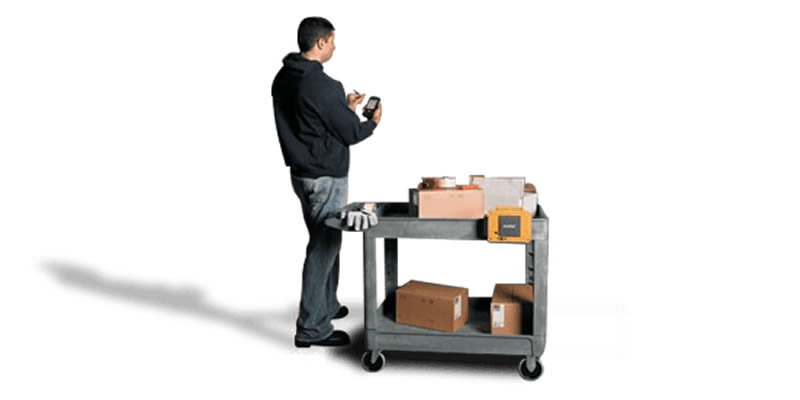
How to Integrate Unified Communication and Enterprise Asset Management for Beginners
Your business is thinking about looking into enterprise mobile solutions and how they can help your employees to collaborate and communicate from wherever they may be, whether in the field, on a business trip, or working from home. But enterprise mobility is a complex and evolving field, and it takes time to learn the language and the technical side of things so that you can understand what your business needs to make it work for you—and you’re busy managing an entire company and workforce.
Wouldn’t it be great if someone could simplify the basics of how to set up a mobile communications strategy? Well, your prayers have been answered.

It Begins with Infrastructure
Does your company have a local intranet? This is used in many fields to store and access data from any in-office terminal, as well to establish secure communications amongst your workforce. If you want to mobilize your workforce—or enable your already-mobile workers to access your private intranet for enterprise asset management—you’ll need to set up a mobile VPN, or virtual private network.
This gives them the ability to access secure information from the intranet while outside of the office, but offers much more security than using a traditional network. The convenience of mobility meets the privacy of a local intranet! Now that you have a network, how will people access it?

BYOD vs. Company-Owned Devices
Bring Your Own Device is a rising trend in mobile enterprise solution deployments. And, this is a big question to answer. Do you let your employees access your mobile network with their own device, or issue a device to them? Both have pros and cons and the choice may depend on your primary vertical. Consumer devices have a higher failure rate, and a personally owned device is harder to make secure.
There are also issues of compatibility. Company-owned devices will cost you more, and maintenance will come out of the company’s pocket, but you can ensure a greater degree of security and compatibility. Office workers may prefer BYOD, while transportation and courier services that depend on enterprise asset management may benefit from dedicated rugged devices built for specific purposes, like mobile RFID readers or barcode scanners.

Deployment, Apps, and More
Is there an existing enterprise mobility solution that addresses all of your needs? A program or application that does everything you need? Awesome! If not, you may need to have one created for your business. In either case, you need to factor in the cost, if applicable, and how to deploy it. This may affect whether or not you can rely on BYOD if the application is only compatible with certain devices.
Will your employees require training on how to use this application to communicate and collaborate? Does it have its own tutorials or will you need to do that yourself? These are all questions to ask while you deploy any enterprise mobility or asset management strategy.
The best software and devices, on the most secure and reliable network, will not help your company if you don’t know how to use them to make your operations more efficient, so make sure you deploy your enterprise mobile solution with care and attention to detail, and leave no stone unturned.
